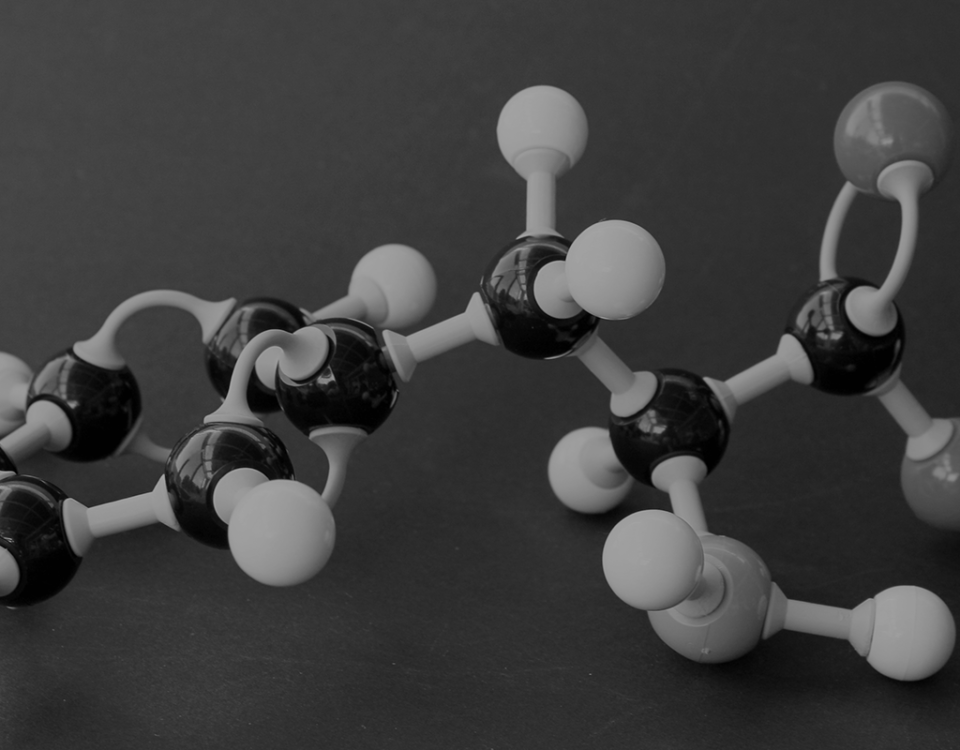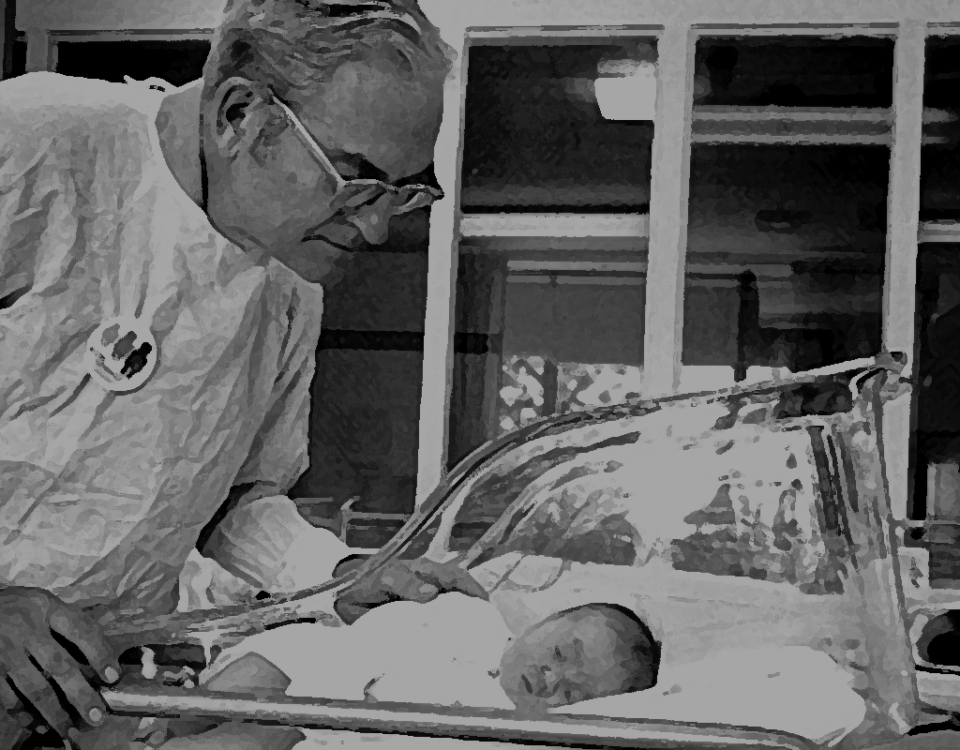Newborn screening using Tandem Mass Spectrometry

غربالگری نوزادان با روش Tandem Mass Spectrometry
۱۲ تیر، ۱۴۰۱
مراکز غربالگری متابولیک نوزادان
۲۰ شهریور، ۱۴۰۱Newborn screening for congenital metabolic disorders using tandem mass spectrometry was introduced in 1990 and is widely used worldwide to help detect hearing loss, Critical congenital heart defects, and metabolic, hematologic, endocrine, and genetic disorders. The analysis of a blood spot provides information on around 60 metabolites, including amino acids, acylcarnitines, and their respective ratios, enabling the diagnosis of approximately 50 diseases. However, the interpretation of these profiles can become very complicated. The purpose of using tandem mass spectrometry in newborn screening is to provide a comprehensive set of information needed to interpret the newborn screening profile and primary measures for immediate follow-up of abnormal results, including tests required for confirmatory purposes.
Liquid chromatography with tandem mass spectrometry (LC-MS/MS) is a powerful analytical technique that combines the separation capability based on the physicochemical properties of liquid chromatography with the highly sensitive and selective separation and measurement capability of mass spectrometry based on mass-to-charge ratio. In addition to using the liquid chromatography-mass spectrometry (LC-MS/MS) method for newborn screening, this method is also used to determine the general structure and sequence of peptides and proteins, proteomics studies, and tumor markers screening.
How a tandem mass spectrometer (MS/MS) works
A tandem mass spectrometer consists of two mass analyzers that are installed one behind the other and are separated by a collision cell. In the first step, molecular ions are produced in the mass spectrometer, and then these precursor ions enter the collision cell. The components of the sample atoms in the collision cell are fragmented during the collision-induced dissociation (CID) process by atomic bombardment with gases of neutral atoms such as helium or argon, then enter the second mass analyzer. Fragmentation occurs due to the collision of gas molecules with ion molecules.
The first mass analyzer allows all ions in the sample to pass, while the second analyzer is set to allow only the ions from the selected ion bombardment to pass through. Besides, the second analyzer separates the ions resulting from the selected ion breakup based on the mass-to-charge ratio, and the detector located at the end of the spectrometer records the number of ions corresponding to each fragment. The obtained spectrum determines the mass of each piece.
Several methods can be used for the fragmentation of the precursor ion in the collision cell. Photo-induced dissociation (PID) using an ion beam or laser, surface-induced dissociation (SID), and electron-capture dissociation (ECD) are among these methods.
The advantages of using LC-MS/MS for newborn screening
- This method can be combined with both liquid chromatography (LC-MS/MS) and gas chromatography (GC-MS/MS). The separation capability of the chromatography methods and the high performance of MS/MS significantly enhance the analysis efficiency.
- For samples with high background noise, selective quantitative measurement of the intended compound is possible.
- This method has reliable results.




